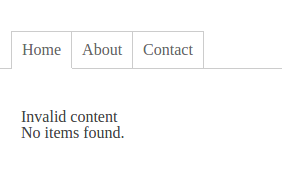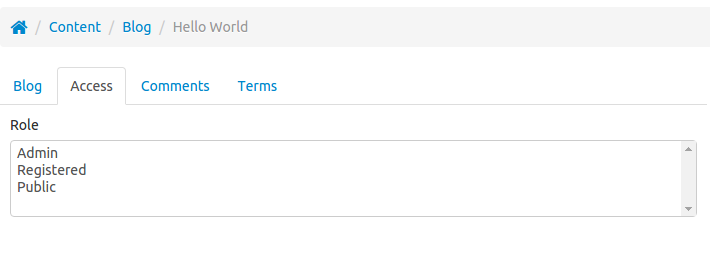Croogo is a powerful tool. At least you can use Croogo as a Blogging platform.
Basic Terminologies
Content Types
There are three types of content in Croogo, viz. Blog, Page and Node.
Blog
Blog is commonly referred as Blog Post or Post. This is something we update periodically and has specific publish date and optional comments.
A blog entry is a single post to an online journal, or blog.
Page
A page is a simple method for creating and displaying information that rarely changes, such as an "About us" section of a website. By default, a page entry does not allow visitor comments.
Node
Node is a default content type. When you are not sure what the content type is, it is basically a Node.
Publishing Statuses
When you create a new blog post, it will have one of the status. The default is unpublished.
Unpublished
When you're creating blog posts, you don't want it to appear on your live site. This is possible with unpublished status. It's is also ideal for collecting your ideas and updating when you need. Once completed you can always change the publishing status.
Published
When you're ready with your blog post, you can change the status to published. Only the published blog posts will be visible on frontend website.
Preview
If you're writing a blog post and want to look at how it will look after it has been published, you can change it's status to preview.
If you try to access blog post which has publishing status unpublished, it will show you error like:

Blog Post, Page, Node Access Permissions
In croogo you can create multiple user groups. These groups can be permitted or denied access to any action or even content.
Node Access permissions are built to permit or restrict user groups content of Blog posts, pages and Nodes.
By default Croogo has three groups, viz., Admin, Registerd and Public. But Croogo also facilitate you to create your own groups.
